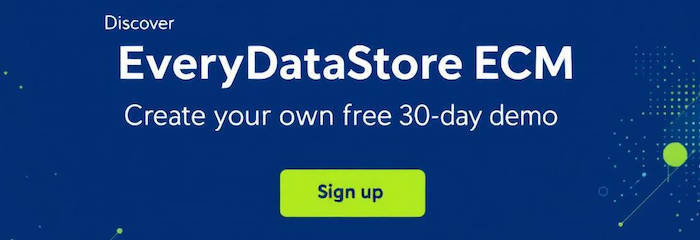Frontend - User Interface, Features & Administration
The EveryDataStore frontend is a low-code web application designed to deliver a fast, modern, and user-friendly interface for daily users and system administrators alike. Built with Angular, the frontend ensures high performance and scalability across devices and platforms.
Communication between the frontend and backend is managed via a secure, standards-based REST API, ensuring seamless data exchange and platform integrity.
One of the key features of EveryDataStore is its low-code approach: administrators can configure menus, forms, records, permissions, and workflows without writing any code. This makes the system extremely accessible, even for non-developers, and significantly reduces implementation time and cost.
The purpose of this page is to provide a full overview of the EveryDataStore ECM frontend and explain the concepts behind its design and usage. It includes detailed explanations of menus, forms, filters, labels, configuration areas, and the relationships between different components. Hands-on usage instructions and workflows can be found in the accompanying Tutorial.
Key User Features
- Dashboard – Gives users an overview of their records, statuses, and tasks.
- Navigation Menu – Clean, intuitive access to all functional areas.
- RecordSet Result List – Displays document lists with filtering, sorting, and action options.
- Search and Filter – Quickly locate documents or records using flexible search criteria.
- RecordSet Forms – Enter or edit data using smart, dynamic forms.
- RecordSetItem View – View all record details, including history, attached files, and metadata.
- Upload Manager – Easily upload and organize files directly within the application.
Administrative Features
- RecordSet & Database Configuration – Define new record structures and relationships visually.
- Smart Form Builder – Create forms with various field types and validation logic – without any coding.
- Members & Groups – Manage user access rights and roles with fine-grained permissions.
- Apps & Modules – Activate and configure additional functionality with minimal setup.
- Global Configuration – Adjust default behaviors, labels, and integration options.
Together, these tools form a powerful, flexible, and low-code enterprise content management interface that empowers business teams, IT departments, and administrators alike to build and maintain custom document management environments — all without writing a single line of code.





